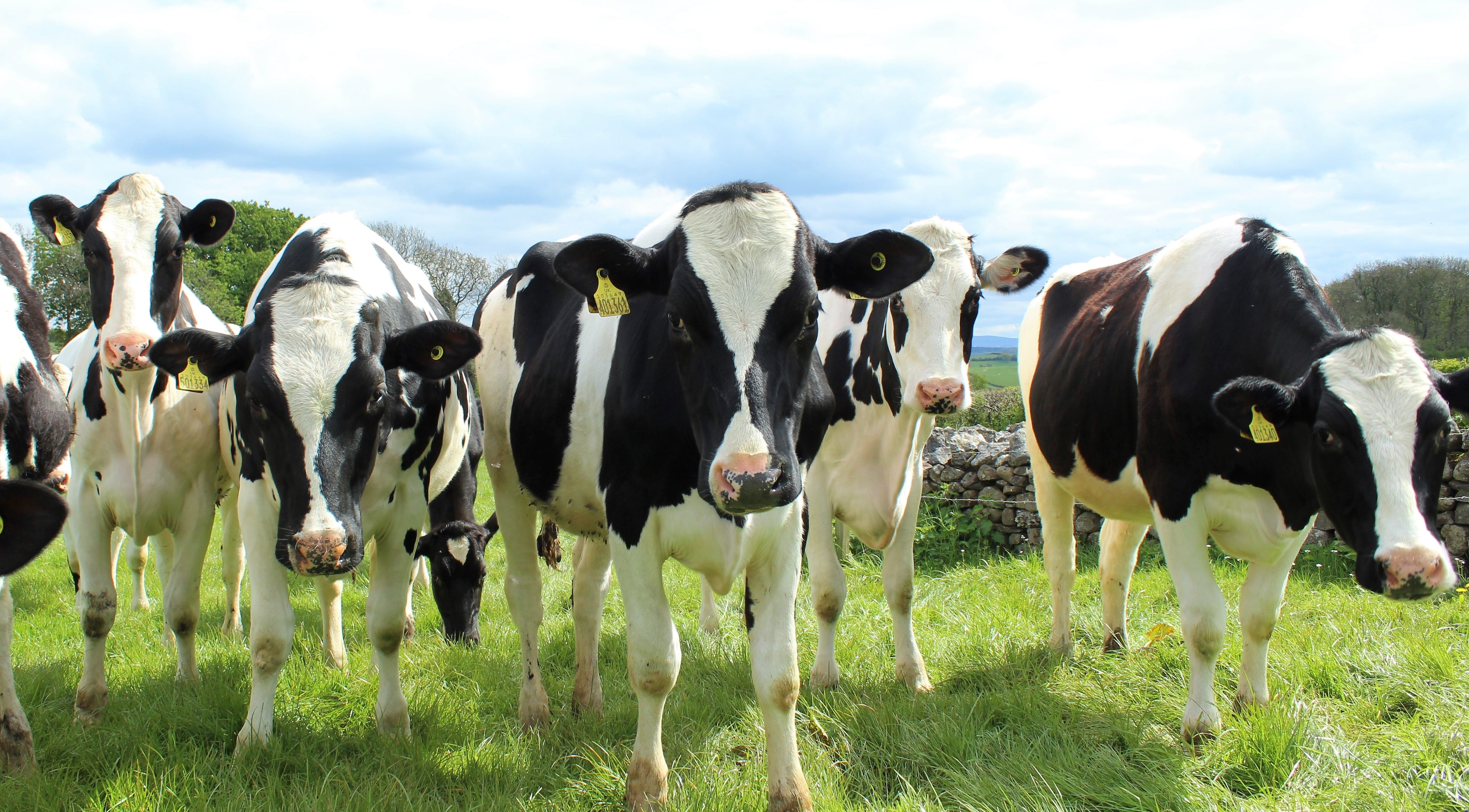Neonatal swine
| Agent | Age | Notes |
| Escherichia coli, Coronavirus (transmissible gastroenteritis), Rotavirus, Isospora suis | ˂3 weeks of age | E. coli – No gross lesions Isospora sp. ˃5-6 days |
| Clostridium perfringens type C and Clostridium difficile | ˂3 weeks of age |
Note: Bacteroides fragilis, Salmonella and Klebsiella sp. have rarely been implicated as a cause of diarrhoea in neonatal pigs. Strongyloides ransomi may infect young piglets causing diarrhoea.
Small ruminants:
- Lambs – causes identified in neonatal lambs are E.coli, Rotavirus and Cryptosporidium, overfeeding and very occasionally, milk replacer contaminated with bacteria at manufacture. Outbreaks of diarrhoea in colostrum deprived orphan lambs held in sheds and fed milk supplements are not unknown. Salmonellosis may occur rarely in young lambs. Bacteroides fragilis producing enterotoxin, has been implicated as a cause of diarrhoea in neonatal lambs.
- Goats – causes of undifferentiated diarrhoea are poorly defined, but appears to be minor under usual conditions of husbandry. A similar spectrum of agents that affects lambs may be expected and sought. Clostridium perfringens type B in lambs and kids under 8-10 days can be recognized as severe haemorrhagic enteritis, occasionally with necrotic ulcers. To date, this disease has not been confirmed in New Zealand. Coccidiosis due to Eimeria sp. in lambs and kids may occur in animals as young as 3 weeks of age. Strongyloides may also be associated with diarrhoea in ruminants only a few weeks old.
Foals:
The most common causes are foal heat diarrhoea, Strongyloides westeri, Salmonella, E. coli, Rhodococcus equi (1-4 months), Cryptosporidium and Rotavirus. Enterotoxigenic E coli and Coronavirus are not proven to cause diarrhoea in foals. Actinobacillus equuli may cause severe diarrhoea and haemorrhagic enteritis, with lesions of bacteraemia in other organs. Fibrinonecrotic enteritis in foals less than 1 week of age may be due to Clostridium perfringens type B or C, or Clostridium difficile. Rhodococcus equi may cause chronic diarrhoea and wasting in foals. Clostridium piliforme (Tyzzer’s disease) which is restricted to foals under 6 weeks of age may be associated with diarrhoea; however, the liver lesions predominate.
Fawns:
Outbreaks of diarrhoea and death in ˂1 year old unweaned fawns on pasture have been caused by Cryptosporidium. Diarrhoea outbreaks have also been recorded in slightly older fawns exposed to wallows heavily contaminated with faecal bacteria.
References:
- Cuttance EL, Mason WA, Denholm KS, Laven RA. Comparison of diagnostic tests for determining the prevalence of failure of passive transfer in New Zealand dairy calves. New Zealand Veterinary Journal. 65:6-13, 2017
- Jubb, Kennedy and Palmer’s Pathology of Domestic Animals. Grant Maxie, 2007, Volume 2, p129-131.
- Thompson JC, Pauli JV. Colostral transfer of gamma glutamyl transpeptidase in calves. New Zealand Veterinary Journal. 29, 1981

